Gallery: Dino Footprints in the Space Age
Track of a Nodosaur

Dinosaur hunter Ray Stanford points out the track of a Cretaceous dinosaur to NASA Goddard officials and local media.
Dinosaur Track
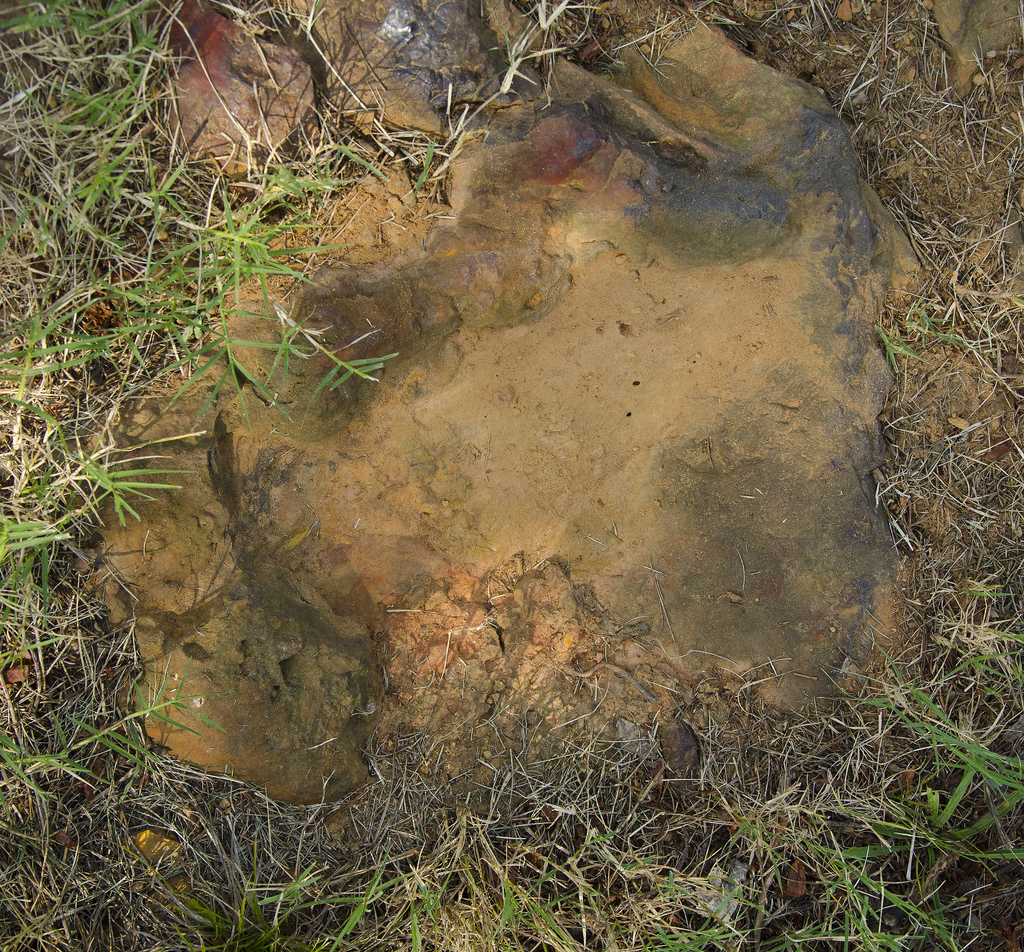
The footprint found on NASA's Goddard Space Flight Center is about 110 million years old.
Brushing Off History
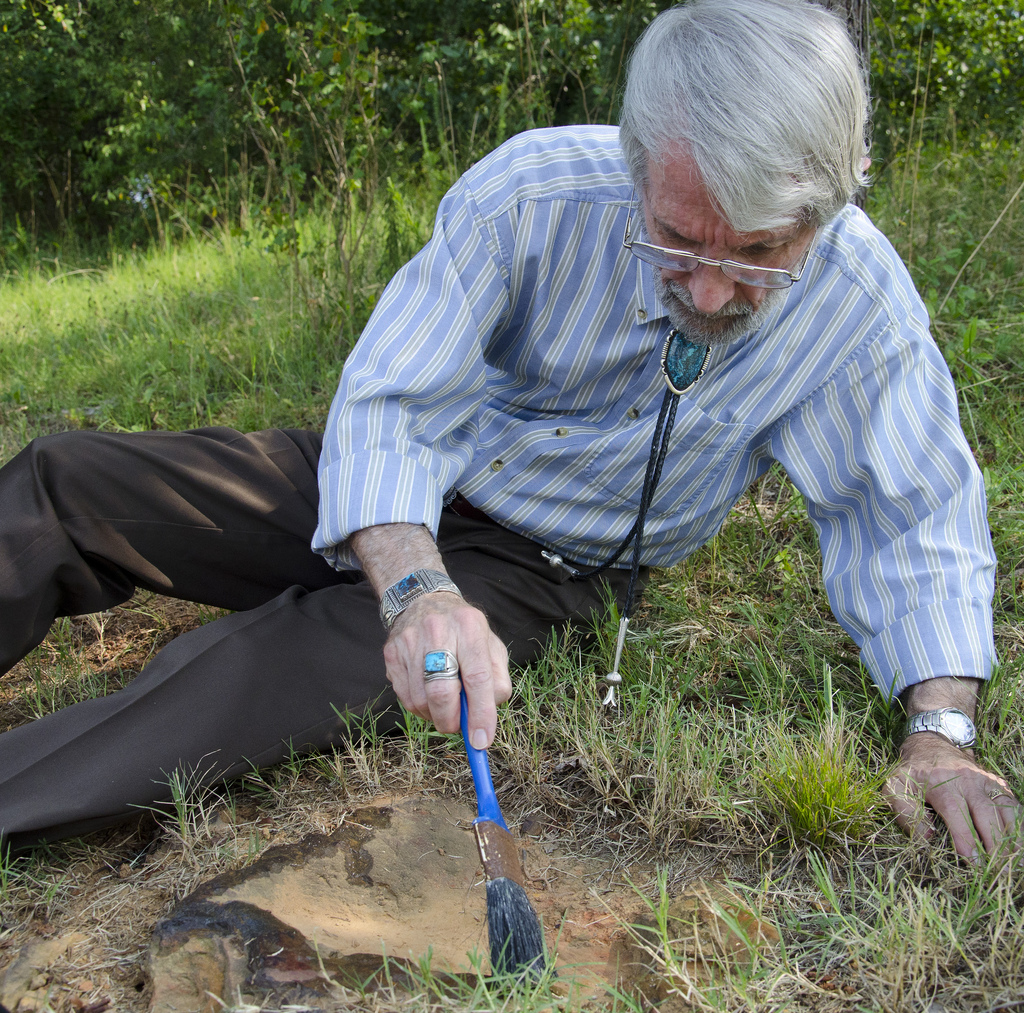
Dinosaur hunter Ray Stanford cleans the nodosaur track. The location of the print is being kept secret to protect it.
Hand and Foot
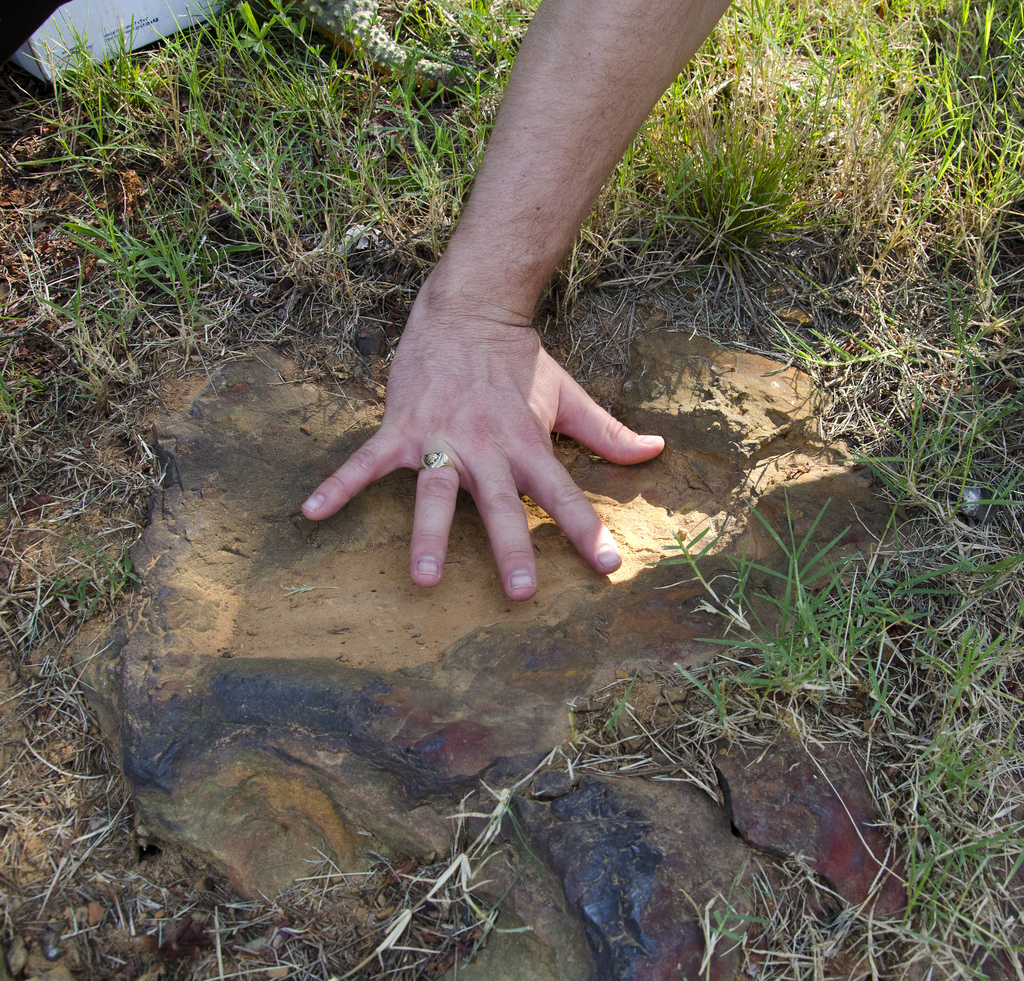
The footprint is about 12 inches (30 cm) across and was likely made by an animal moving quickly.
Stanford Examines a Fossil
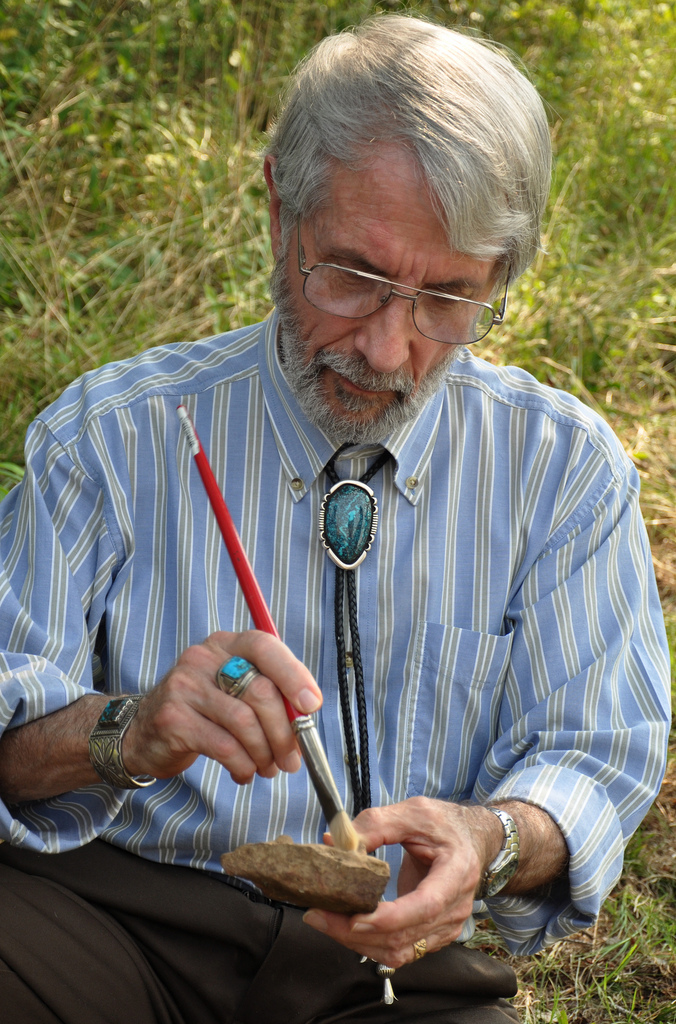
Ray Stanford found several prints likely belong to theropod dinosaurs in the same location.
Nodosaur Model
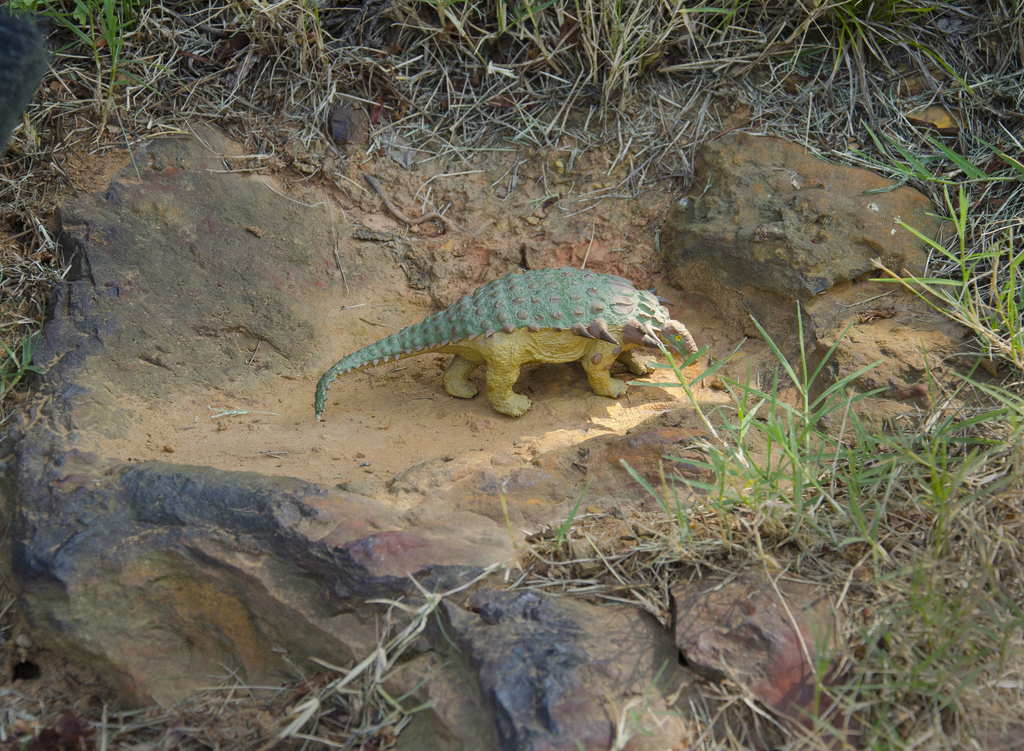
A model nodosaur sits in the real nodosaur footprint.
Annotated Footprint
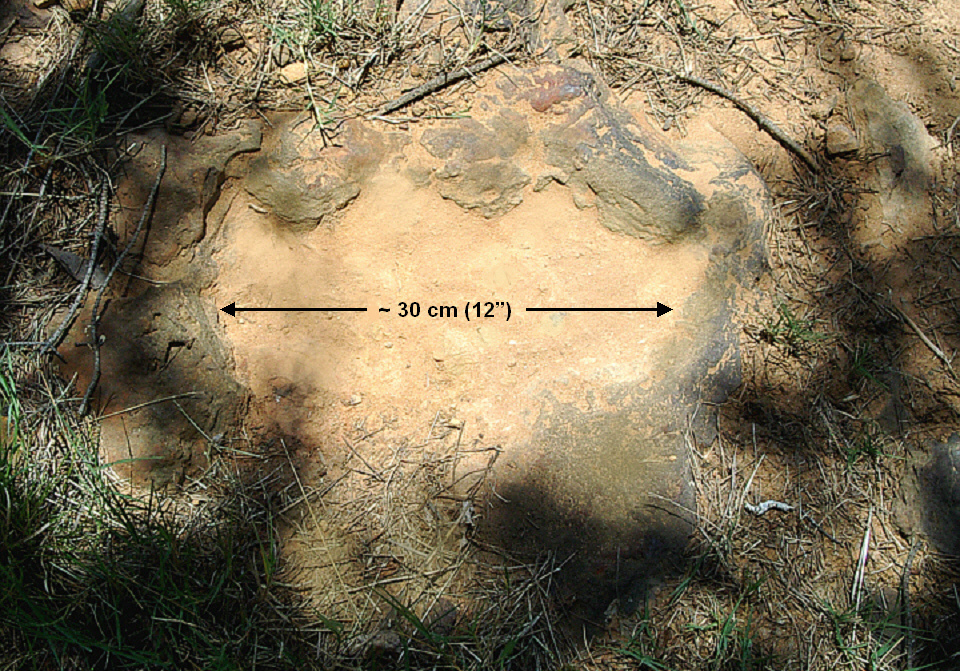
The 12-inch-wide footprint belonged to an armored, tank-like plant-eater.
Get the world’s most fascinating discoveries delivered straight to your inbox.
Baby footprint

A closer look at the site revealed two more prints. One was possibly left by an ornithopod, a vegetarian dinosaur with bird-like, three-toed feet that walked on its hind legs. Another smaller footprint, shown here, was found superimposed over the nodosaur track and is thought to be from a baby nodosaur, perhaps trying to catch up to its parent.
Excavating the tracks
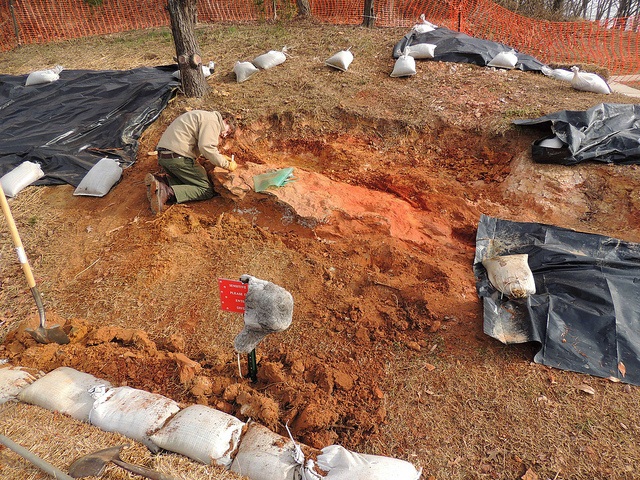
The entire find measured about seven feet long and three feet across at its widest point. The site was excavated so that researchers could lift the footprint-marked slab from the ground for preservation and study.
Dino prints jacketed in plaster
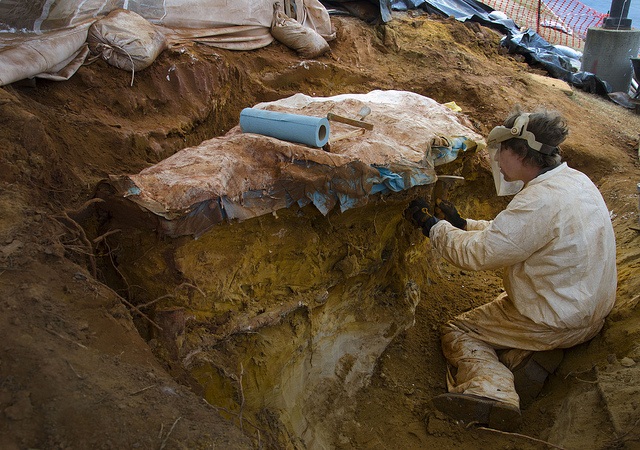
The dinosaur footprints were encased in a field jacket, which is much like a cast that a doctor would place on a broken arm or leg. This field jacket consisted of many layers of burlap soaked in plaster, with metal pipes added to act like splints for additional support.
Footprints get a lift
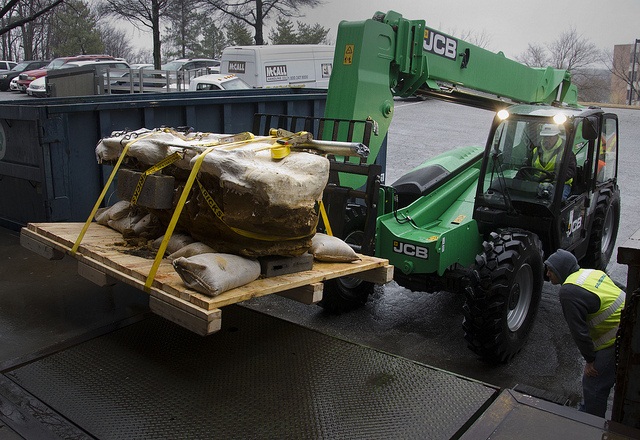
The combined weight of the slab, field jacket material and surrounding soil was about 3,000 pounds, so extra care was taken in moving it to avoid damaging the find.

Stephanie Pappas is a contributing writer for Live Science, covering topics ranging from geoscience to archaeology to the human brain and behavior. She was previously a senior writer for Live Science but is now a freelancer based in Denver, Colorado, and regularly contributes to Scientific American and The Monitor, the monthly magazine of the American Psychological Association. Stephanie received a bachelor's degree in psychology from the University of South Carolina and a graduate certificate in science communication from the University of California, Santa Cruz.
